Changing faces of the May Festival pamphlets

Changing faces of the May Festival pamphlets
Hongo’s student festival that attracts 150,000 visitors
20th (1943)
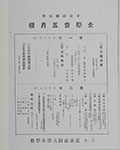
22nd (1948)
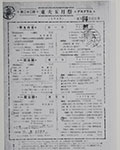
23rd (1949)
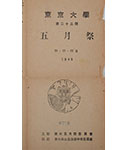
24th (1950)
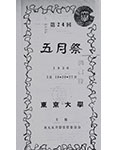
25th (1951)
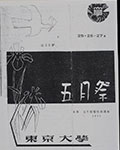
26th (1952)
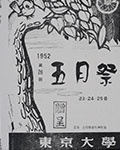
27th (1953)
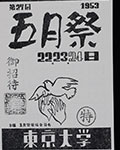
28th (1954)
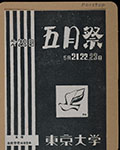
37th (1964)
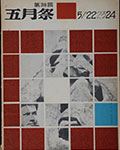
43rd (1970)
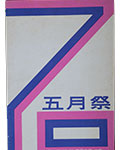
44th (1971)
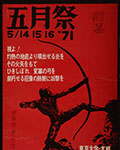
45th (1972)
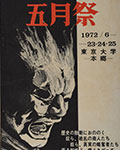
46th (1973)
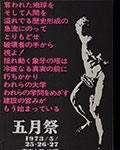
47th (1974)
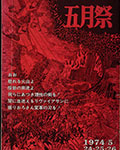
48th (1975)
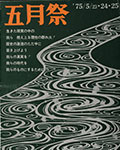
49th (1976)
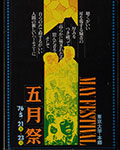
50th (1977)
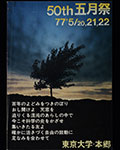
51st (1978)
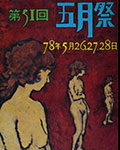
52nd (1979)
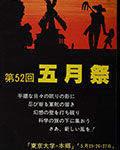
53rd (1980)
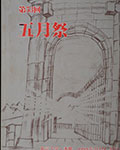
56th (1983)
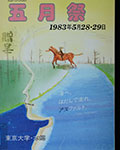
57th (1984)
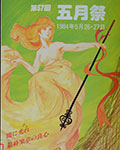
58th (1985)
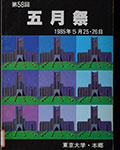
59th (1986)
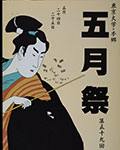
62nd (1989)
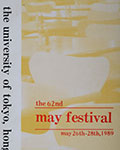
63rd (1990)
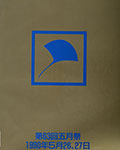
64th (1991)
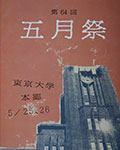
65th (1992)
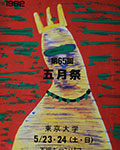
66th (1993)
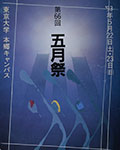
67th (1994)
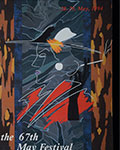
68th (1995)
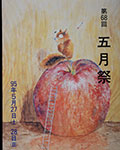
69th (1996)
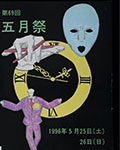
70th (1997)
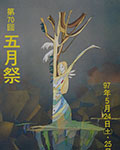
71st (1998)
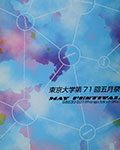
72nd (1999)
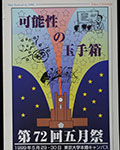
73rd (2000)
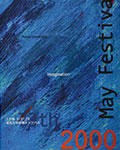
74th (2001)
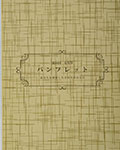
75th (2002)
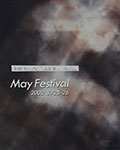
76th (2003)
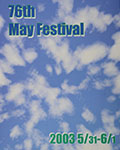
77th (2004)
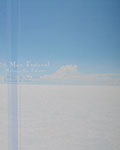
79th (2006)
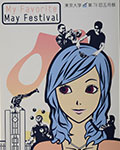
80th (2007)
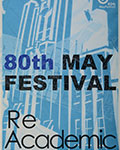
81st (2008)
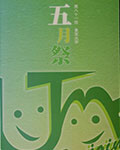
82nd (2009)
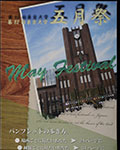
85th (2012)
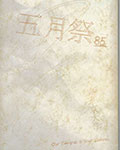
86th (2013)
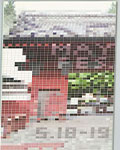
87th (2014)
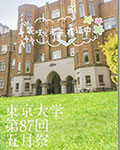
88th (2015)
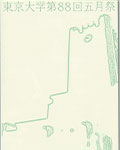
89th (2016)
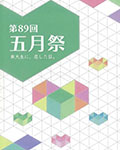
90th (2017)
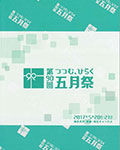
The May Festival is a student festival that is held annually in Hongo. It all started on May 5th, 1923 as both a gesture to welcome new students and a large-scale garden party for the student association. According to records, students opened up every Faculty in the morning and exhibited machines and devices that were incomprehensible to outsiders throughout the day, held debates about student autonomy issues at noon, and rounded off the event with a garden party in the sports field (what is now the Gotenshita Athletic Field) starting at 3 PM. Since then, the event has been renamed a few times, for instance to Daikonshinkai (meaning large social gathering) and Zengaku-kaiho (meaning the opening up of the whole school). The event came to be called Gogatsusai (May Festival) from the 10th time it was held.
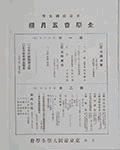 |
| May Festival pamphlets |
The oldest pamphlet that remains in the University Archives is from the 20th festival. The pamphlet lists Yoshikazu Uchida and Miyake Setsurei as guest speakers, and the schedule for the second day includes curious events including the performance of a special form of exercise during WWII, a smokescreen experiment, and a flamethrower experiment. In the 1970s, provocative messages dominated the covers of the pamphlets; for instance, “puncture the lungs of the rotten Colossus” for the 44th festival, “don’t brandish the sword of reform at a Leviathan frenzied in the darkness” for the 47th, “let us establish our own truth in the midst of the raging stream of history” for the 48th, and “now is the time to ignite the flame of science in the middle of the chaotic storm that is approaching” for the 50th. In the ‘80s, incendiary words faded away as peaceful illustrations prevailed, and in the last two decades, short, catchy phrases have become the trend. For instance, “Treasure chest of possibilities” for the 72nd, “ReAcademic” for the 80th, “Blossoming future, under construction” for the 87th, “The day I fell for a UTokyo student” for the 89th, and “Wrap, open” for the 90th. Come to Hongo in May and see the latest pamphlet design for yourself.
Note: This article was originally printed in Tansei 36 (Japanese language only). All information in this article is as of March 2018.






